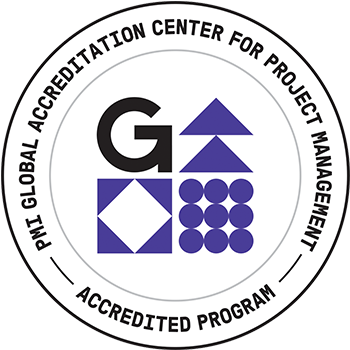Project Managers are at the forefront of transformation execution and as such have a critical opportunity to impact the degree to which organizational change objectives are achieved.
Executive management defines and articulates transformation goals in grand terms, usually in conjunction with specific metrics they can utilize to assess progress and justify the effort o the board. The middle layers of an organization (Product Management, IT, Risk, Distribution, Operations, HR) then interpret these goals and identify specific deliverables and cultural changes that will achieve the goal metrics.
Project managers operate where the rubber meets the road, delivering actual changes.
Unfortunately executives’ vision is frequently attenuated (loses strength) as it moves from the board room down to execution in associates everyday lives.
- Interpretation of the vision down the organization can led to key elements of the intent to be lost
- Achievement of specific metrics can take precedence over delivering on the vision
- Control functions (Risk, HR, Finance) can make implementing new behaviors difficult
- Resistance to change can hold back achievement of the Transformational goals
- The project managers who manage the work usually don’t manage the resources
This presentation discusses how project managers have the opportunity to refocus the organization on strategic intent during the execution phase. Specifically it discusses:
- Reinforcing organization strategy within high functioning project teams
- Personnel management through a Project based secondary operating model
- Managing control functions interference
- Influencing Reward and recognition systems to support Strategic intent
- Bypassing sources of change resistance
The objective of the presentation is provide leading project managers with tools that will enable them to leverage their influence to deliver transformation. It will identify opportunities to avoid common pitfalls that have traditionally constrained project managers potential impact on their organizations.
PMI Talent Triangle: Leadership

